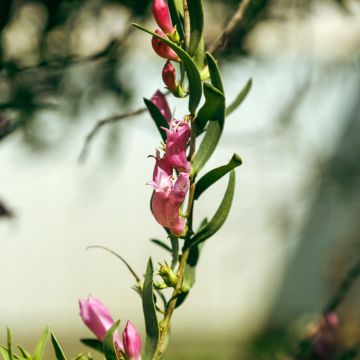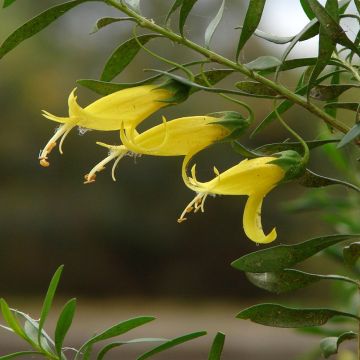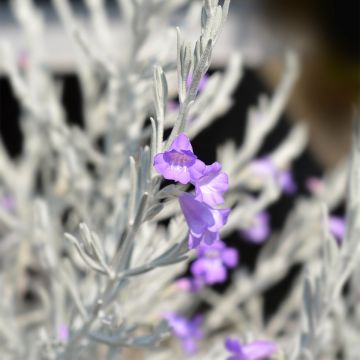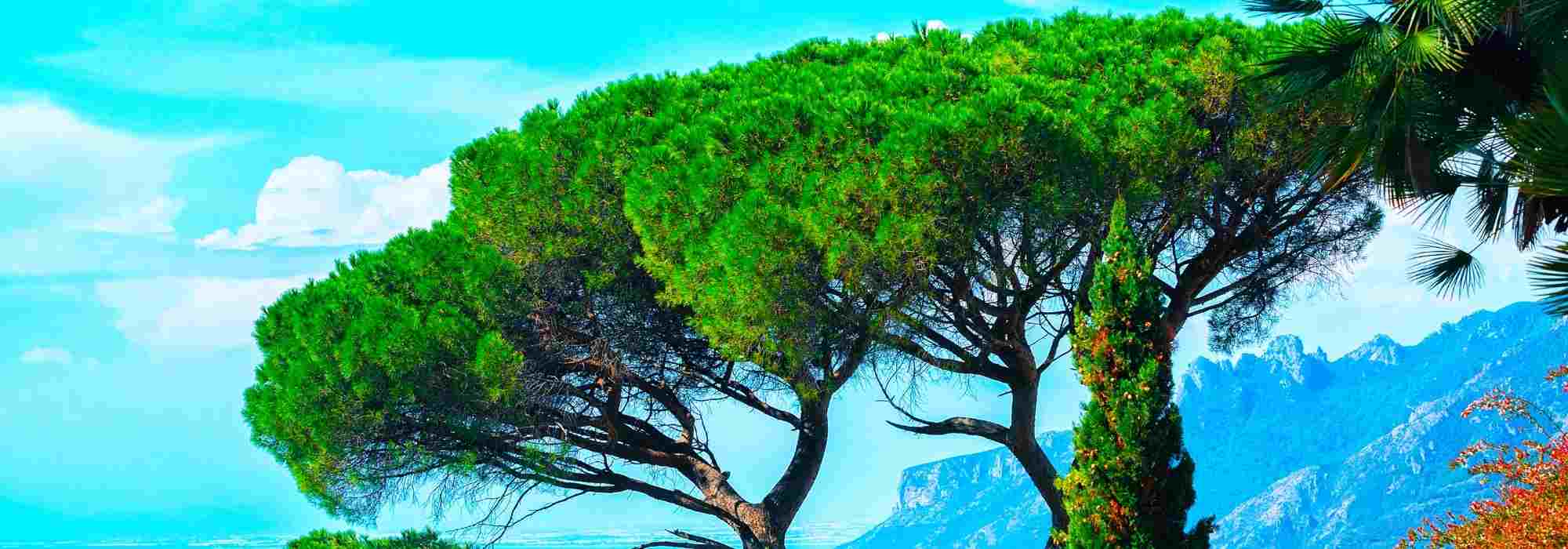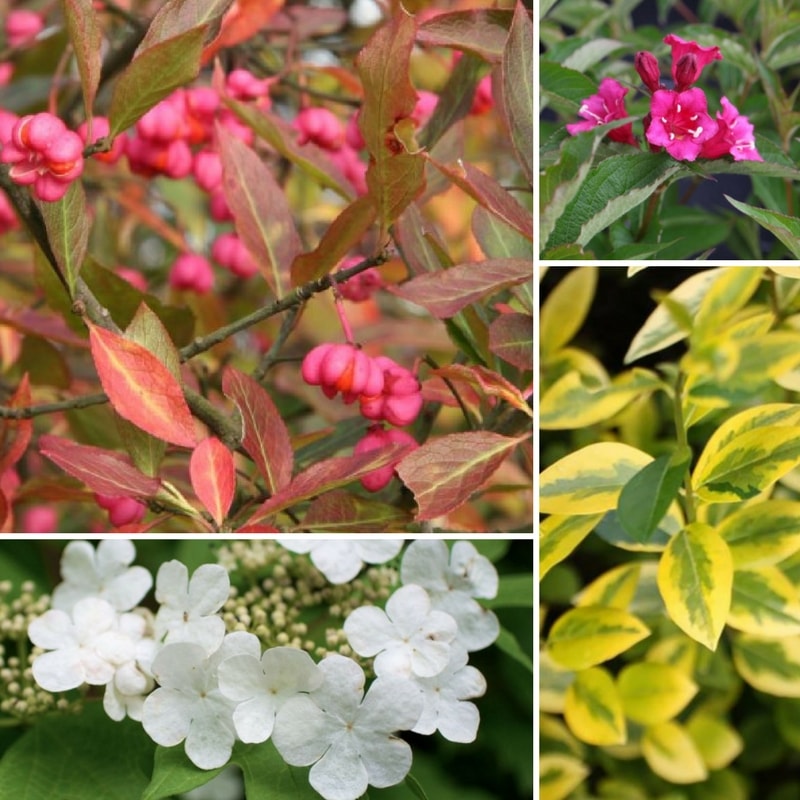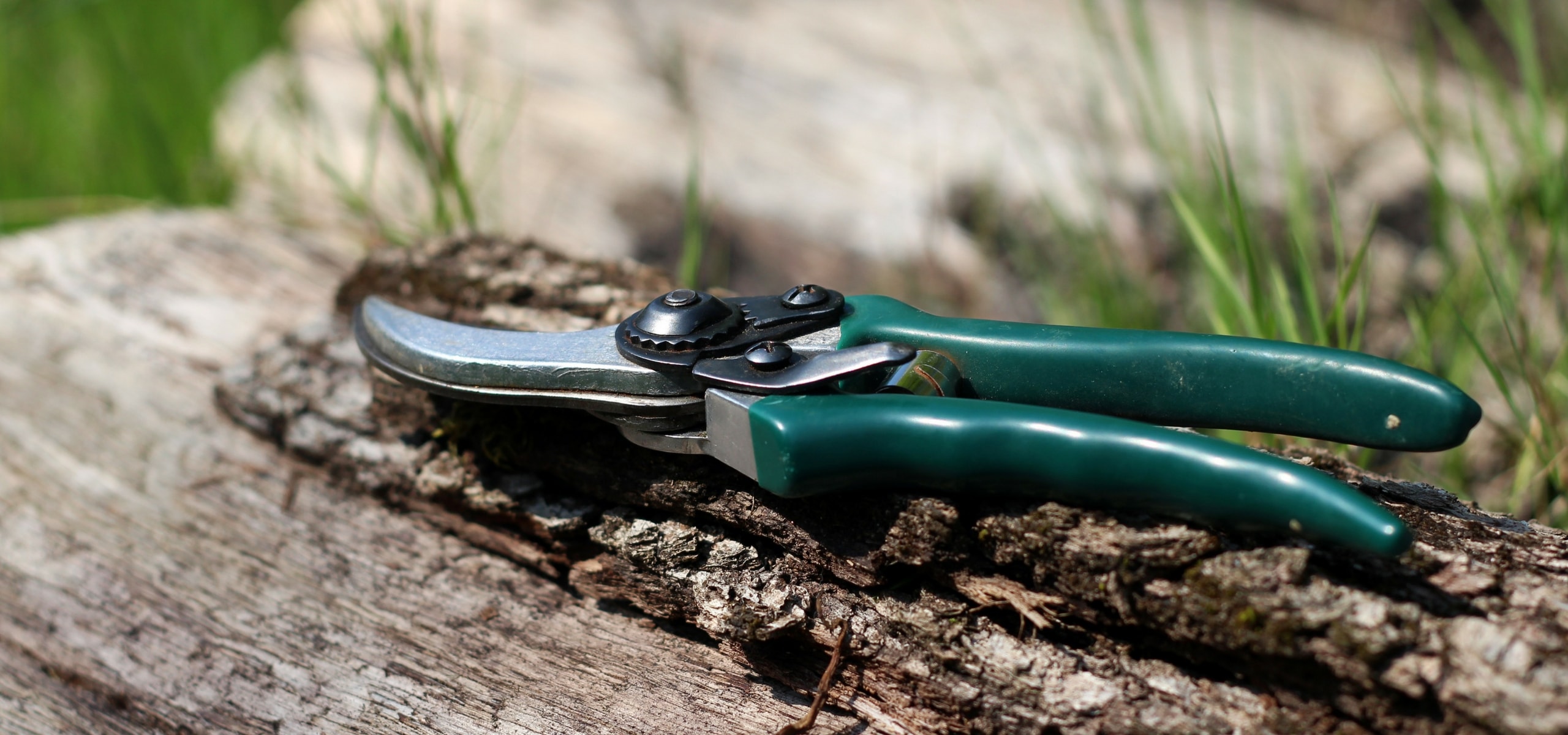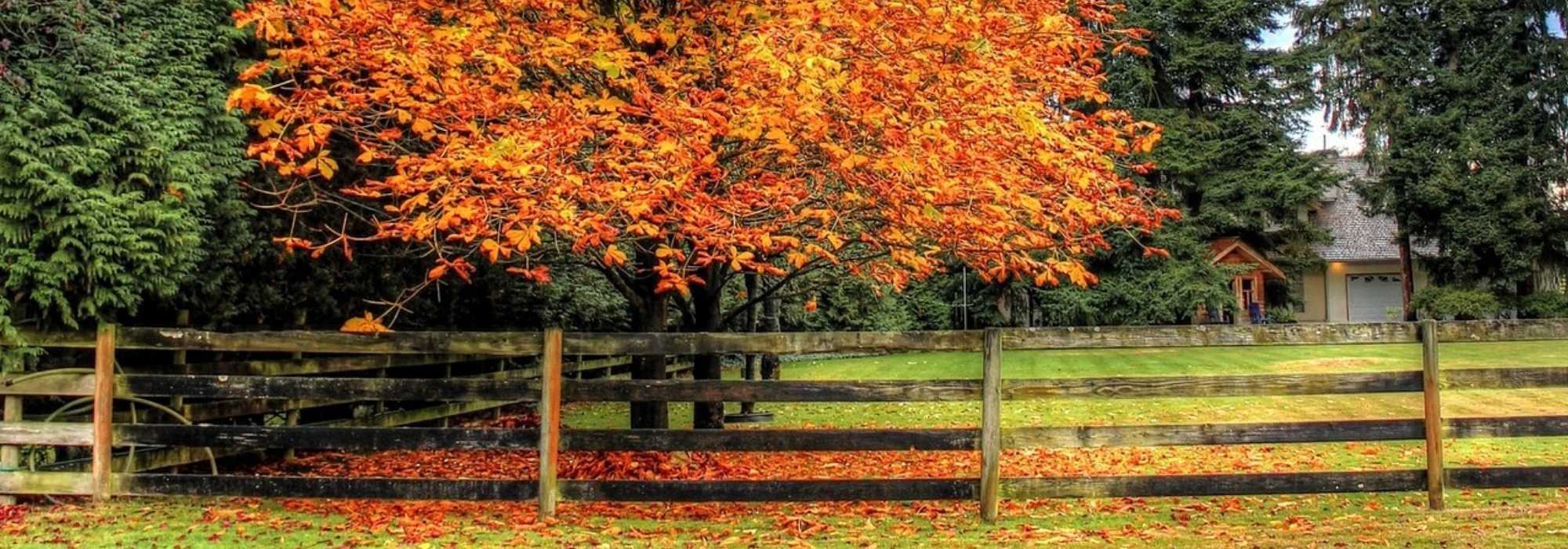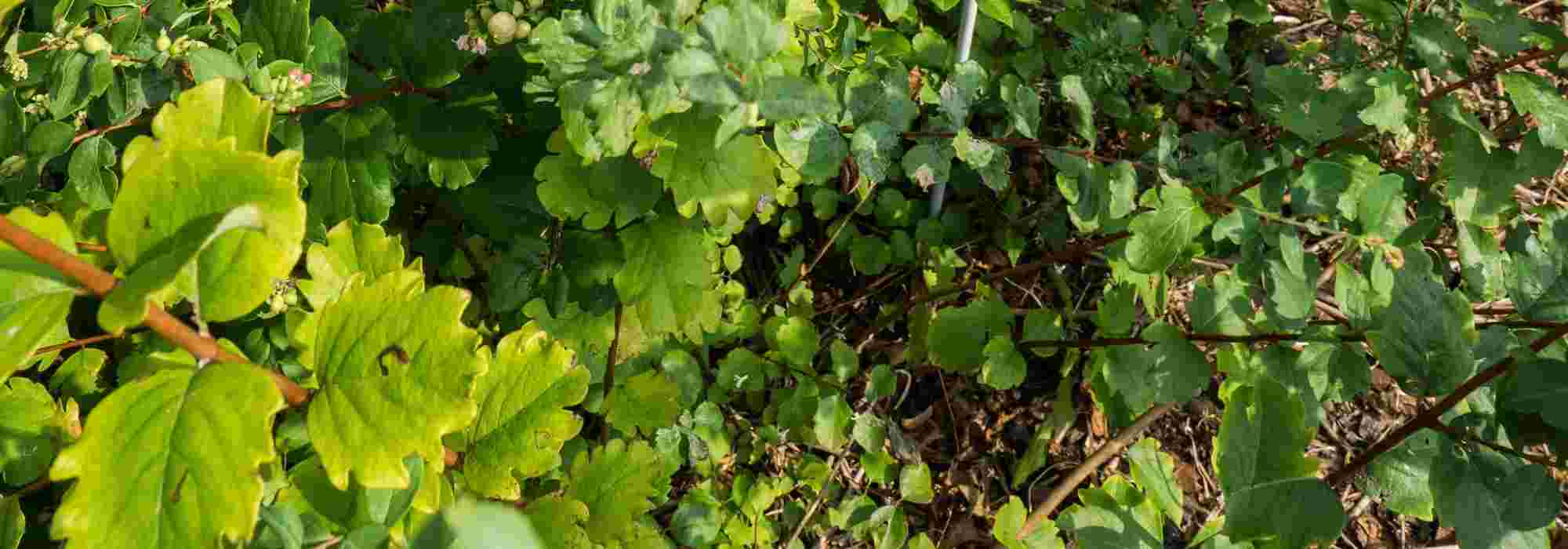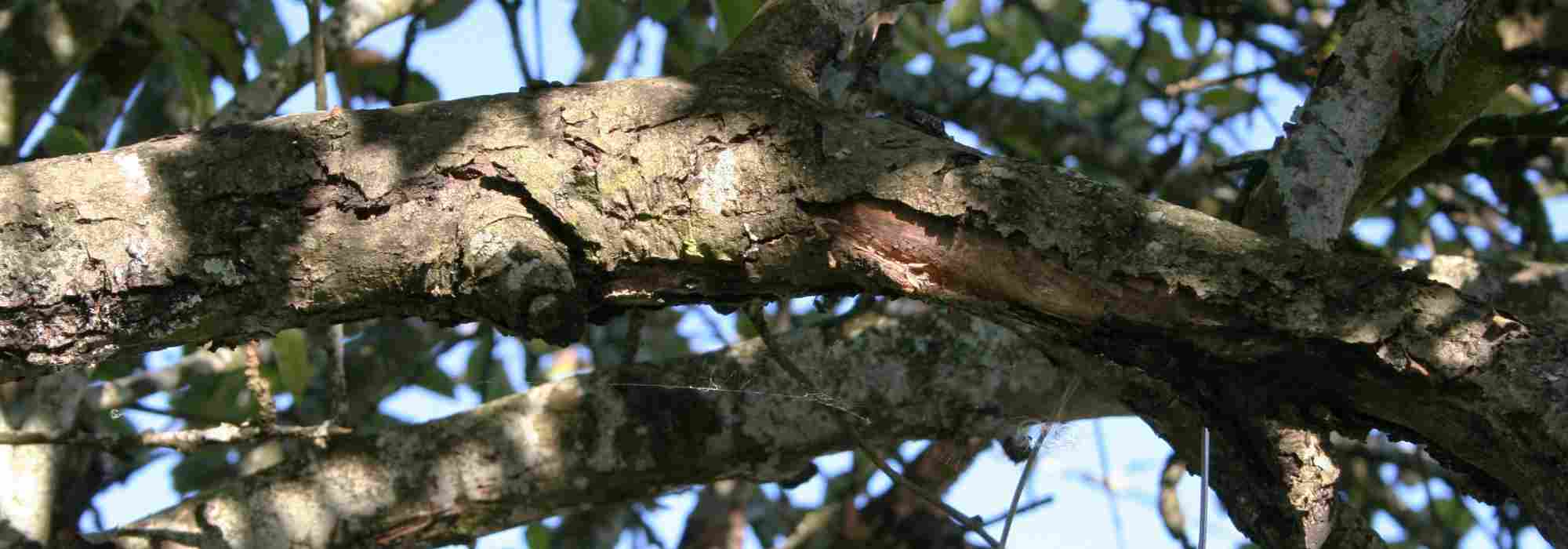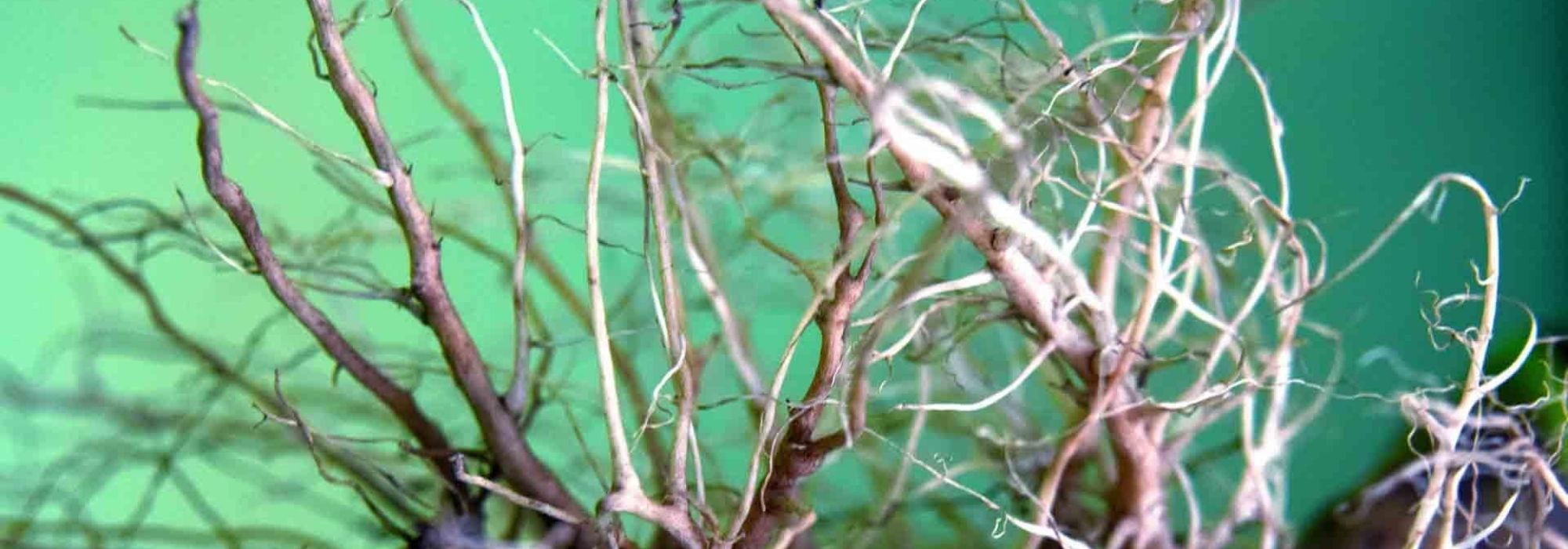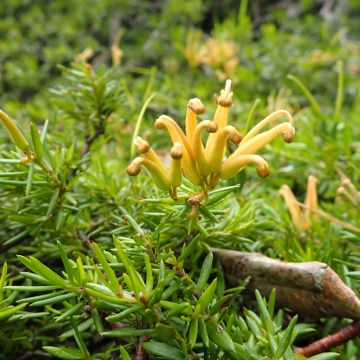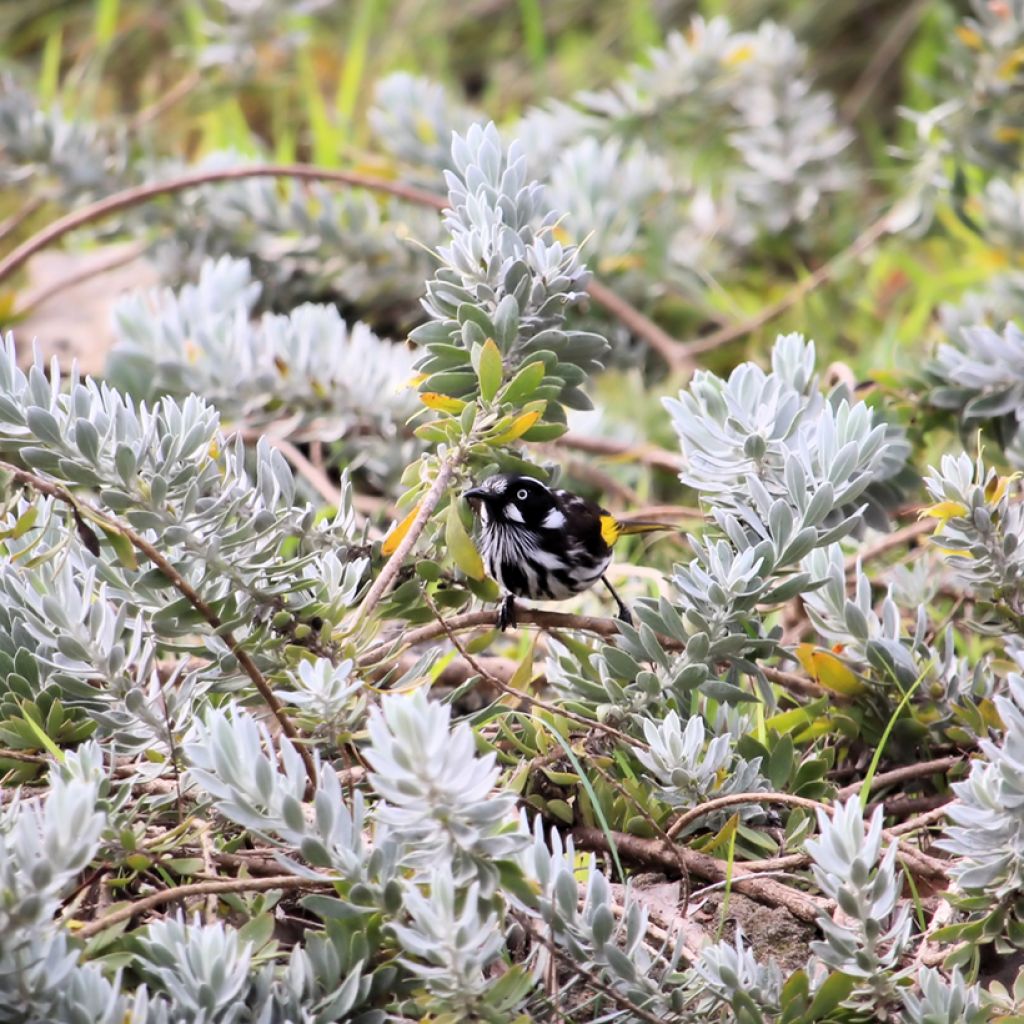

Eremophila glabra Kalbarri Carpet
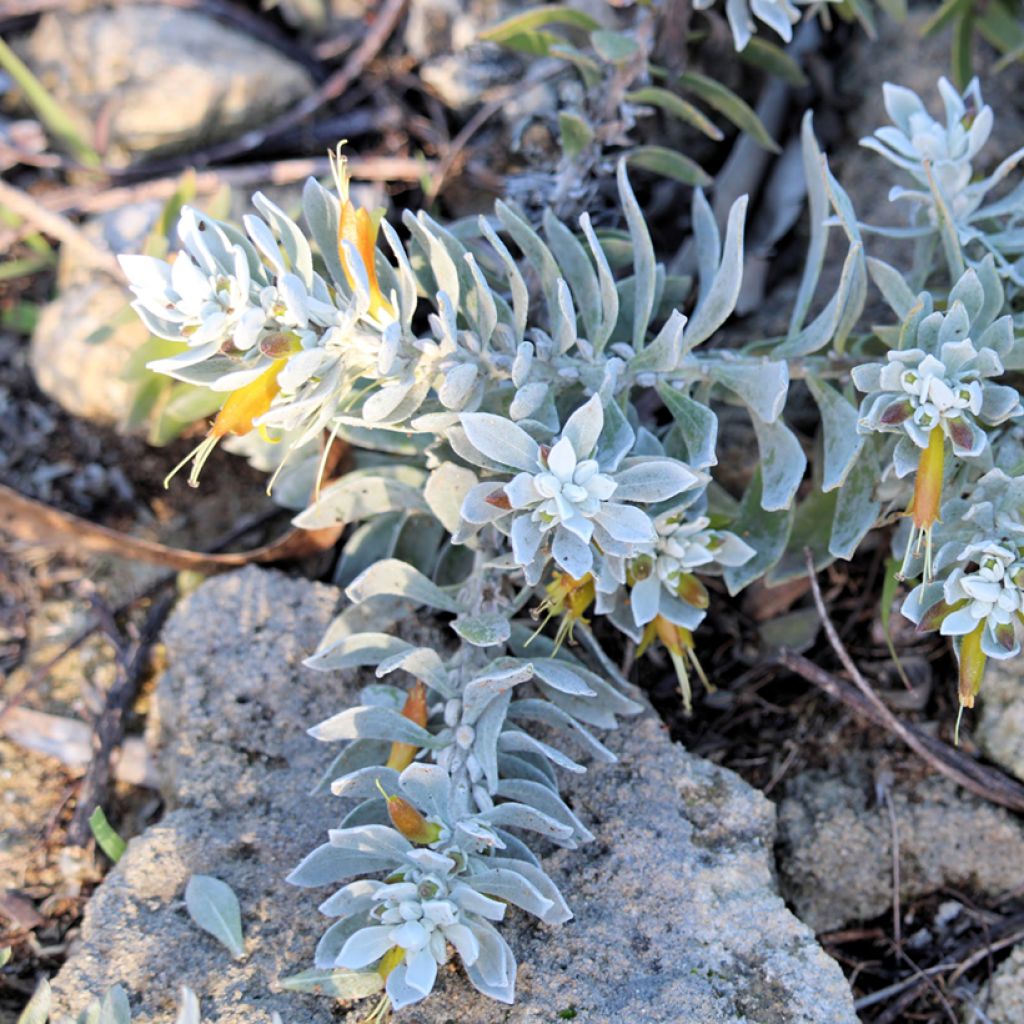

Eremophila glabra Kalbarri Carpet
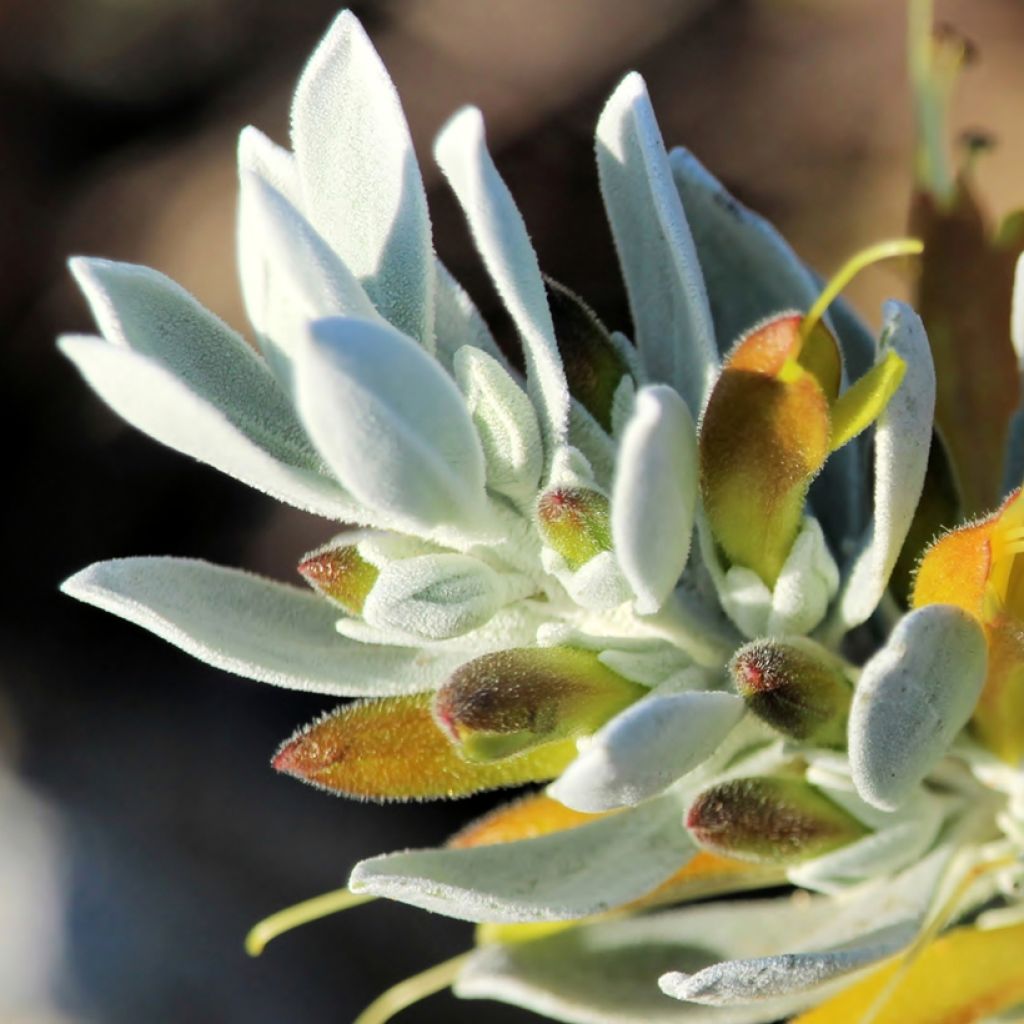

Eremophila glabra Kalbarri Carpet
Eremophila glabra Kalbarri Carpet
Eremophila glabra Kalbarri Carpet
Tar bush
Special offer!
Receive a €20 voucher for any order over €90 (excluding delivery costs, credit notes, and plastic-free options)!
1- Add your favorite plants to your cart.
2- Once you have reached €90, confirm your order (you can even choose the delivery date!).
3- As soon as your order is shipped, you will receive an email containing your voucher code, valid for 3 months (90 days).
Your voucher is unique and can only be used once, for any order with a minimum value of €20, excluding delivery costs.
Can be combined with other current offers, non-divisible and non-refundable.
Why not try an alternative variety in stock?
View all →This plant carries a 24 months recovery warranty
More information
We guarantee the quality of our plants for a full growing cycle, and will replace at our expense any plant that fails to recover under normal climatic and planting conditions.
Would this plant suit my garden?
Set up your Plantfit profile →
Description
Eremophila glabra ‘Kalbarri Carpet’ is an exceptional ground-cover bush for dry gardens in Mediterranean coastal areas. With its silvery foliage with a silky sheen and its golden-yellow flowers that brighten the garden for months, it is perfect for dressing up rockeries, slopes, and borders. Its creeping habit is useful for controlling soil erosion or creating an elegant, low-maintenance plant carpet. In colder regions, it can be grown in pots to adorn sunny terraces and balconies.
Eremophila glabra 'Kalbarri Carpet' belongs to the Scrophulariaceae family. This bushy plant is native to Australia, specifically the Kalbarri region in Western Australia. This cultivar is a natural creeping form of the species Eremophila glabra. The latter is widespread in arid and semi-arid zones of Australia, extending across mainland states, where it colonises various habitats, from sandy plains to rocky slopes.
'Kalbarri Carpet' is characterised by its prostrate habit and rapid growth. The bush forms a dense, spreading carpet. At maturity, it reaches a height of around 20 cm and can spread to a width of 1 to 2 m. The stems are flexible and spread horizontally, rooting at the nodes when in contact with the soil, which enhances its density and ability to cover the ground effectively. The foliage is evergreen in winter, composed of leaves arranged alternately along the stems. The ovate to elliptical leaves measure about 4 cm in length and 1 cm in width. They have a silvery hue due to fine hairs, which also gives them a soft texture. The golden-yellow, tubular flowers measure up to 4 cm in length. They appear mainly in spring and summer, though sporadic flowering may occur in autumn and winter. The flowers are rich in nectar, attracting a variety of pollinators, including nectar-feeding birds and insects. After flowering, ovoid to spherical fruits form, measuring between 4 and 9 mm in diameter. These fruits are smooth and dark brown and contain the plant's seeds.
The root system of Eremophila glabra 'Kalbarri Carpet' is fibrous and shallow, allowing it to efficiently capture moisture from light rainfall. This characteristic, combined with its ability to spread and root at the nodes along its stems, makes it valuable for soil stabilisation and erosion control in arid and semi-arid environments.
Eremophila glabra ‘Kalbarri Carpet’ can be used in rockeries, Mediterranean and xerophilous gardens, as well as a ground cover to stabilise slopes. Apart from its limited hardiness, it is a very robust plant. Its golden flowering offers a beautiful contrast with plants in purple or blue tones, such as Teucrium fruticans ‘Azureum’ and Lavandula angustifolia ‘Hidcote’. To enhance its sculptural and natural appearance, it can be paired with ornamental grasses like Stipa tenuifolia, which adds movement. It also makes an excellent companion for other plants adapted to arid climates, such as Westringia fruticosa ‘Smookie’. In beds, borders, or even pots on a sunny terrace, it brings a wild yet elegant touch while requiring very little maintenance.
The genus name Eremophila comes from the Greek eremos (desert) and philéô (to love). It perfectly defines this group of bushes found mainly in desert regions.
Report an error about the product description
Eremophila glabra Kalbarri Carpet in pictures




Plant habit
Flowering
Foliage
Botanical data
Eremophila
glabra
Kalbarri Carpet
Scrophulariaceae
Tar bush
Eremophila brownii, Stenochilus glaber
Cultivar or hybrid
Other Eremophila
View all →Planting and care
Eremophila glabra 'Kalbarri Carpet' thrives when planted in full sun, in any well-drained, poor to moderately fertile, sandy or stony soil. Lime is not a problem. Before planting, it is advisable to loosen the soil and add gravel or sand if the ground is too compact. Regular watering during the first few weeks encourages root development, but once established, this plant tolerates drought perfectly. It requires very little maintenance: light pruning after flowering helps maintain a dense habit and stimulates more abundant flowering. Hardy down to around -5°C, it can be protected with a gravel mulch in winter in areas with more severe frosts.
In pots, it is essential to use a wide and shallow container with drainage holes, filled with a well-draining substrate made of light compost, sand and pumice. Moderate watering is necessary in summer, allowing the substrate to dry out well between waterings. In winter, watering should be very infrequent. A light feed in spring with a low-nitrogen but high-potassium fertiliser stimulates flowering. To maintain a nice compact habit, gently prune after flowering. In cold climates, it is best to bring the pot indoors to a bright, frost-free location during winter.
Planting period
Intended location
Care
Planting & care advice
This item has not been reviewed yet - be the first to leave a review about it.
Similar products
Haven't found what you were looking for?
Hardiness is the lowest winter temperature a plant can endure without suffering serious damage or even dying. However, hardiness is affected by location (a sheltered area, such as a patio), protection (winter cover) and soil type (hardiness is improved by well-drained soil).

Photo Sharing Terms & Conditions
In order to encourage gardeners to interact and share their experiences, Promesse de fleurs offers various media enabling content to be uploaded onto its Site - in particular via the ‘Photo sharing’ module.
The User agrees to refrain from:
- Posting any content that is illegal, prejudicial, insulting, racist, inciteful to hatred, revisionist, contrary to public decency, that infringes on privacy or on the privacy rights of third parties, in particular the publicity rights of persons and goods, intellectual property rights, or the right to privacy.
- Submitting content on behalf of a third party;
- Impersonate the identity of a third party and/or publish any personal information about a third party;
In general, the User undertakes to refrain from any unethical behaviour.
All Content (in particular text, comments, files, images, photos, videos, creative works, etc.), which may be subject to property or intellectual property rights, image or other private rights, shall remain the property of the User, subject to the limited rights granted by the terms of the licence granted by Promesse de fleurs as stated below. Users are at liberty to publish or not to publish such Content on the Site, notably via the ‘Photo Sharing’ facility, and accept that this Content shall be made public and freely accessible, notably on the Internet.
Users further acknowledge, undertake to have ,and guarantee that they hold all necessary rights and permissions to publish such material on the Site, in particular with regard to the legislation in force pertaining to any privacy, property, intellectual property, image, or contractual rights, or rights of any other nature. By publishing such Content on the Site, Users acknowledge accepting full liability as publishers of the Content within the meaning of the law, and grant Promesse de fleurs, free of charge, an inclusive, worldwide licence for the said Content for the entire duration of its publication, including all reproduction, representation, up/downloading, displaying, performing, transmission, and storage rights.
Users also grant permission for their name to be linked to the Content and accept that this link may not always be made available.
By engaging in posting material, Users consent to their Content becoming automatically accessible on the Internet, in particular on other sites and/or blogs and/or web pages of the Promesse de fleurs site, including in particular social pages and the Promesse de fleurs catalogue.
Users may secure the removal of entrusted content free of charge by issuing a simple request via our contact form.
The flowering period indicated on our website applies to countries and regions located in USDA zone 8 (France, the United Kingdom, Ireland, the Netherlands, etc.)
It will vary according to where you live:
- In zones 9 to 10 (Italy, Spain, Greece, etc.), flowering will occur about 2 to 4 weeks earlier.
- In zones 6 to 7 (Germany, Poland, Slovenia, and lower mountainous regions), flowering will be delayed by 2 to 3 weeks.
- In zone 5 (Central Europe, Scandinavia), blooming will be delayed by 3 to 5 weeks.
In temperate climates, pruning of spring-flowering shrubs (forsythia, spireas, etc.) should be done just after flowering.
Pruning of summer-flowering shrubs (Indian Lilac, Perovskia, etc.) can be done in winter or spring.
In cold regions as well as with frost-sensitive plants, avoid pruning too early when severe frosts may still occur.
The planting period indicated on our website applies to countries and regions located in USDA zone 8 (France, United Kingdom, Ireland, Netherlands).
It will vary according to where you live:
- In Mediterranean zones (Marseille, Madrid, Milan, etc.), autumn and winter are the best planting periods.
- In continental zones (Strasbourg, Munich, Vienna, etc.), delay planting by 2 to 3 weeks in spring and bring it forward by 2 to 4 weeks in autumn.
- In mountainous regions (the Alps, Pyrenees, Carpathians, etc.), it is best to plant in late spring (May-June) or late summer (August-September).
The harvesting period indicated on our website applies to countries and regions in USDA zone 8 (France, England, Ireland, the Netherlands).
In colder areas (Scandinavia, Poland, Austria...) fruit and vegetable harvests are likely to be delayed by 3-4 weeks.
In warmer areas (Italy, Spain, Greece, etc.), harvesting will probably take place earlier, depending on weather conditions.
The sowing periods indicated on our website apply to countries and regions within USDA Zone 8 (France, UK, Ireland, Netherlands).
In colder areas (Scandinavia, Poland, Austria...), delay any outdoor sowing by 3-4 weeks, or sow under glass.
In warmer climes (Italy, Spain, Greece, etc.), bring outdoor sowing forward by a few weeks.






























